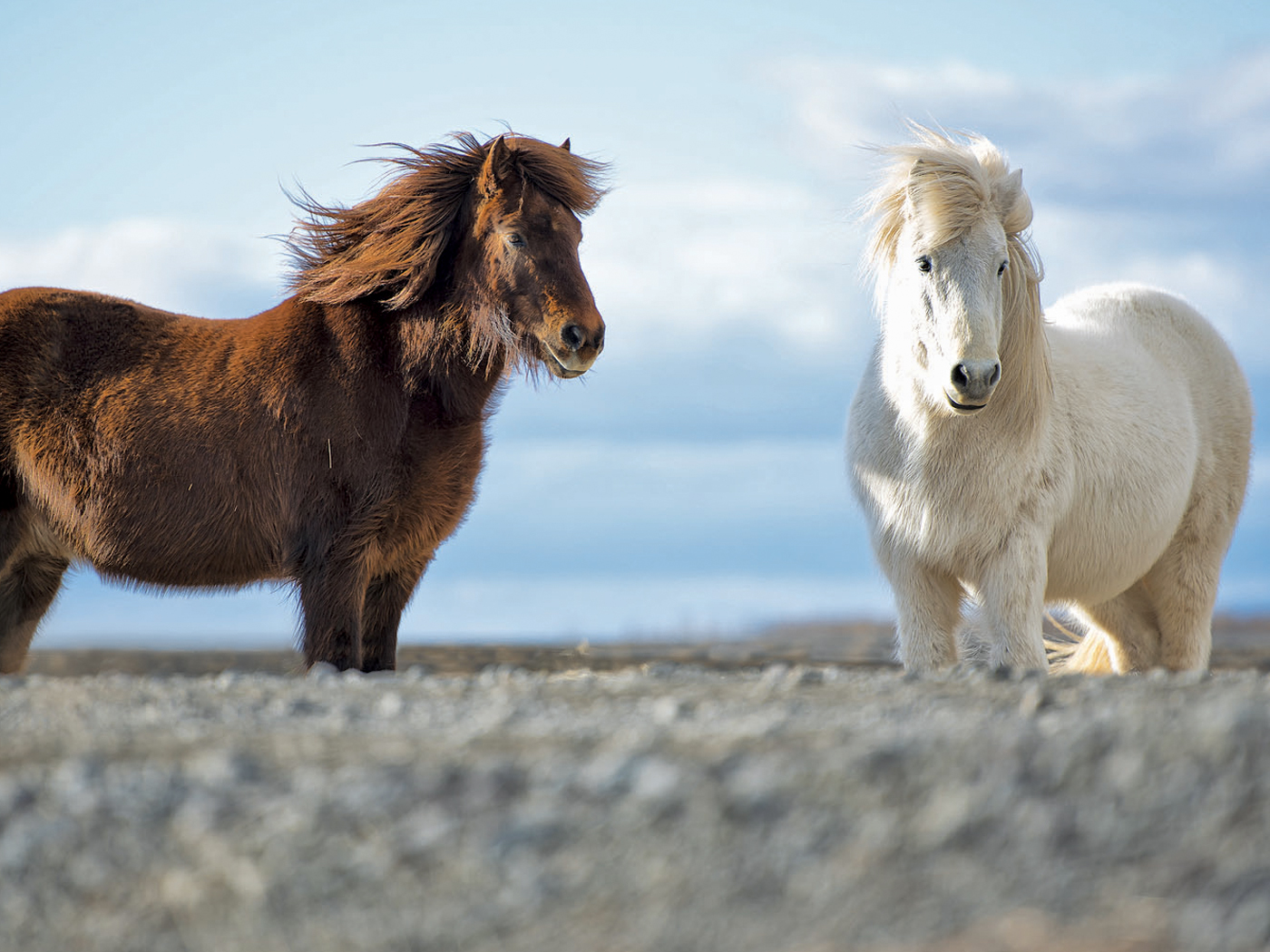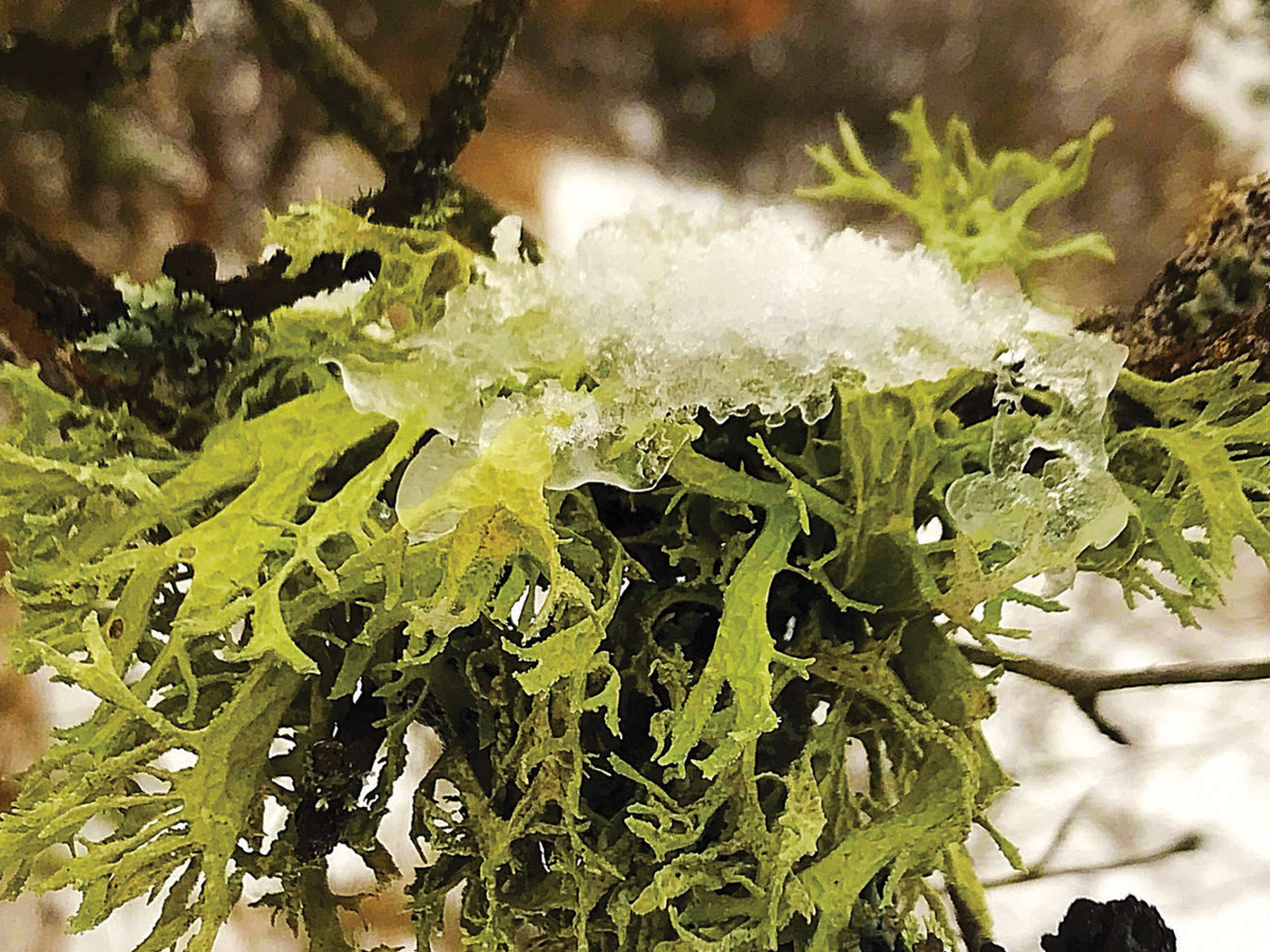Search Tools
New Defender's Study Bible Notes
4:3 If the priest. The first three offerings (burnt sacrifice, meal offering, peace offering) were all voluntary offerings, and so were also called “sweet savour” offerings (Leviticus 1:17; 2:9; 3:5). The sin offerings, on the other hand, were not optional, if the sinner was to be forgiven (Leviticus 4:20,26,35). Sin offerings had to be offered not only by individual members of the congregation, (verses 27-31) but also by the congregation as a whole (Leviticus 4:13-21), by the rulers (Leviticus 4:22-26) and even by the priests (Leviticus 4:3-12).
4:12 burn him. The Israelites, for hygienic as well as religious reasons, were instructed to burn all the residue of sacrificial animals, not already consumed on the altar or used for food, in a prepared location “outside the camp.” This would destroy any infectious bacteria residing in the flesh or the wastes of the animals, and was a practice far in advance of any medical knowledge until modern times.
4:34 blood of the sin-offering. The various sin offerings were offered for sins committed unintentionally, once those sins were made known (Leviticus 4:2,27,28). The shed blood was first sprinkled around the altar, then the bulk of the animal burned “without the camp” (Leviticus 4:21). The latter act was later said to typify the offering of Christ outside the camp (Hebrews 13:10-13).






